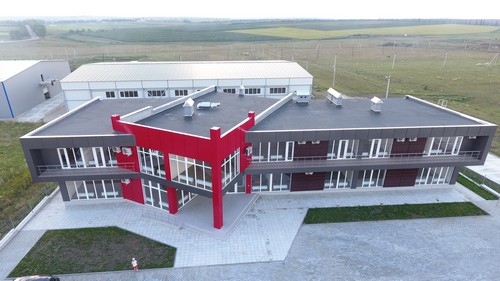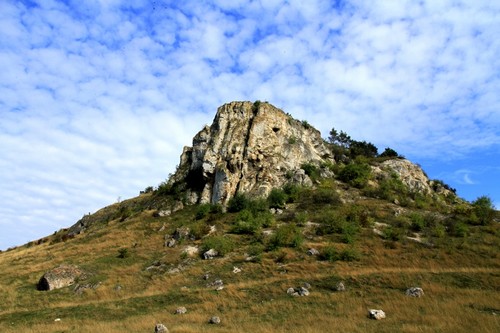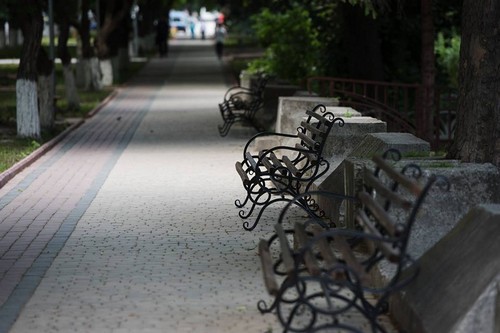Edinet
 Edinet
Edinet
The Edinet municipality is the administrative center of Edinet raion. It is located in the northern part of the country. The administration of Edinet town consists of three localities: Edinet town, Alexandreni village and Gordinestii Noi village.
In 2016, the town of Edinet received the status of municipality.
For the first time, the town of Edinet is mentioned under the name of Viadinti in a charter of the prince of Moldova, Alexandru cel Bun, from June 15, 1431, which assigned this land to the High Steward, Cupcici, for founding villages.
The quick development of the economy contributed to the increase of population. If at the beginning of the 19th century there were 87 households, than at the beginning of the 20th century, there were 670 households and 3 450 inhabitants. Most of the population was of Moldovan origin. Later, Lipovans also moved to Edinet town. The number of Jews and Russians increased. In addition to these nationalities, the town was also populated by Ukrainians, Polish and Germans.
The town of Edinet has a population of 20 200 people, from whom 18 400 live in the town itself, and 1 800 people in the two villages: Alexandreni and Gordinestii Noi. The share of male population is 47.9%, and the share of female population is 52.1%. The ethnic structure of the population is as follows: 57% are Moldovans, 21% are Russians, 17% - Ukrainians, 3% - Roma, and 2% - other nationalities.
The built surface area of the town is 7.61 square kilometers, with a perimeter of 14.26 km. The town of Edinet is located 8 km from the Bratuseni railway station and 201 km from Chisinau. Motor routes: Edinet municipality can be accessed through several public roads of which the most important is M14 Brest – Briceni – Chisinau – Tiraspol – Odesa. In addition, the secondary access routes are: R8 Otaci – Edinet, L51 Edinet – Lopatnic, L53 Edinet – Brinzeni, L53.1 Edinet – Alexandreni.
The town has a high degree of gasification; 46 km of gas pipelines were built. All socio-cultural institutions, companies and about 3 000 houses and apartments are connected to gas. The centralized water supply system is covering the whole town. The total length of water pipes is 33 km, the sewage system is 12.2 km long. Out of 7 040 apartments and houses in Edinet, 4 070 are connected to the centralized water supply system.Until 1989, Edinet town had an industrial economy dominated by the food processing industry, equipment manufacturing industry, textile industry and food industry. After 1989, the need to adjust to the market economy and its requirements and needs lead to a significant decrease of the local economy and a change in the weights of industries. At present, Edinet town remains an important industrial center of the north of the country. In Edinet town, there are 2 100 companies, from which 75% are individuals (family farms, sole proprietorships and patent holders) and 25% are legal entities (companies, state enterprises, municipal enterprises, associations of family farms, husbandries) plus 4 institutions. The number of companies increased with about 15% as compared to 2009. Most companies are in trade, hotels and restaurants (26%), but the highest turnover is produced by industrial companies (25%).
There are 4 industrial zones, from which 3 are not well used. In one of these zones, an Industrial Park housing several raw materials producing and processing residents was established. The Industrial Park is located at the North-Western exit to the international route Odesa – Balti, and has a surface area of 65 square km.
The Museum of Edinet Land established in 1975 is very popular. The first exhibition was opened in 1992 and at present the museum has three sections: history, nature and folk arts. The museum of Edinet Land starts its story in 1975. The main building of the museum as well as of the Folk Arts Museum branch was built in 1922-1924 by Smil and Hova Leibman, and were left to the Jewish society for the hospital and synagogue.
PROJECT FACTSHEET
Local Economic Development Plan 2019-2020









